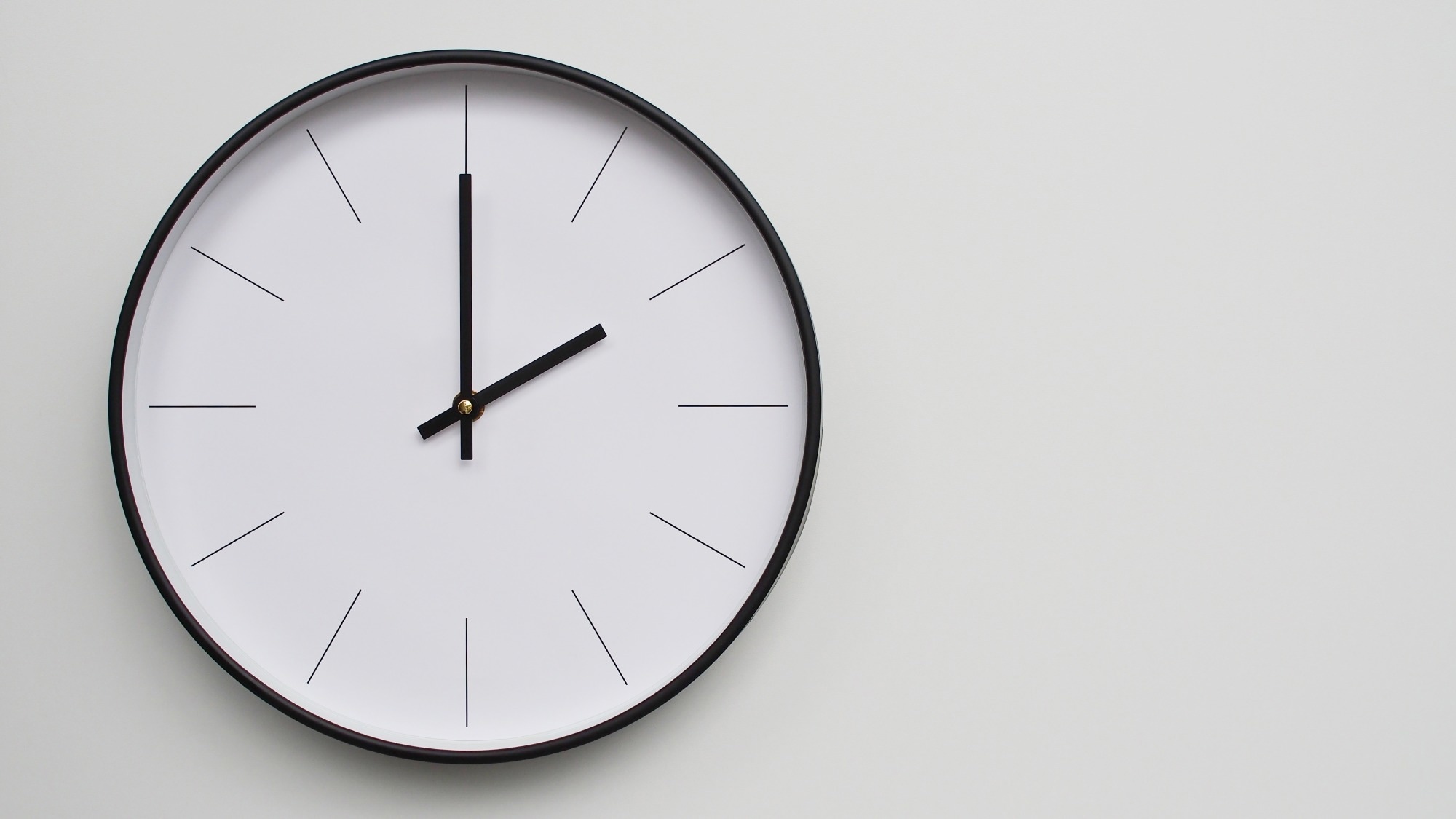Epigenetic clocks — molecular methods that measure methylation changes on deoxyribonucleic acid (DNA) — are the new tools being used by scientists to predict biological aging. These clocks offer insights into health risks, longevity, and even the impact of lifestyle on aging.
A recent study published in Aging Cell explored how the accuracy of epigenetic clocks changes based on different tissue types, such as blood, saliva, and skin.
The team of neuroscientists and molecular biologists found that epigenetic age estimates varied significantly depending on the tissue used, suggesting that not all tissues provide equally reliable age predictions. These findings could improve the precision of aging research and personalized health interventions.
 Study: Cross-tissue comparison of epigenetic aging clocks in humans. Image Credit: RilakkuMaxx/Shutterstock.com
Study: Cross-tissue comparison of epigenetic aging clocks in humans. Image Credit: RilakkuMaxx/Shutterstock.com
Genetics of Aging
Aging is a complex process influenced by genetics, environment, and lifestyle. Traditional methods of determining age measure chronological age, but biological aging can differ significantly between individuals.
Epigenetic clocks have emerged as a powerful tool for assessing biological age by analyzing DNA methylation patterns. These are epigenetic chemical modifications that regulate gene activity without changing the DNA sequence.
Scientists have developed several generations of these clocks, with early versions predicting chronological age and newer models incorporating health markers to assess aging speed and disease risk.
However, most epigenetic clocks are trained on specific tissue types, primarily blood, raising concerns about their accuracy across different biological samples. Since tissues age at different rates, using a single clock across multiple tissue types may lead to inconsistent results.
This limitation has prompted researchers to investigate whether epigenetic clocks provide uniform aging estimates across tissues or whether some tissues yield more reliable results than others.
About the Study
The present study analyzed the reliability of epigenetic clocks using five tissue types: buccal tissue or cheek cells, saliva, dried blood spots, buffy coat (a component of blood), and peripheral blood mononuclear cells (PBMCs).
The researchers recruited 83 participants from two cohorts consisting of adults and children to ensure a diverse age range. Each participant provided samples from at least two different tissue types, which allowed for within-person comparisons.
DNA methylation was measured using high-throughput sequencing technology, and multiple epigenetic clocks were applied to assess biological age estimates.
The clocks included first-generation models, such as the Horvath pan-tissue clock and Hannum clock, as well as second-generation clocks, such as PhenoAge and GrimAge2. Additionally, a specialized clock called Skin and Blood was tested for its applicability across oral and blood-based tissues.
The researchers employed various statistical analyses to examine differences in age estimates between tissues.
Sensitivity analyses were used to control for cellular composition differences and DNA methylation batch effects, ensuring that tissue-specific variations did not skew the results.
By examining epigenetic aging across multiple tissues, the researchers aimed to determine whether blood-derived clocks could reliably predict biological age in other tissue types or if specialized tissue-based clocks are necessary for accurate assessments.
Key Findings
The researchers found that epigenetic age estimates varied significantly across different tissue types, which challenged the assumption that a single epigenetic clock can provide consistent aging predictions across the body. The most notable discrepancies were observed between blood-derived and oral-based tissues.
For instance, the Horvath pan-tissue clock produced significantly higher age estimates for saliva compared to dried blood spots, while buccal and saliva samples showed inconsistent results across different clocks.
Furthermore, the Skin and Blood clock stood out for its ability to provide more uniform age estimates across both oral and blood-based tissues, making it a promising tool for non-invasive aging assessments.
However, other clocks, such as the Hannum and PhenoAge models, showed greater variability, suggesting that they may not be as reliable when applied to tissues outside their original training sets.
Within-person comparisons revealed that some tissue pairs, such as buffy coats and dried blood spots, had strong correlations in age estimates, whereas others, such as saliva and PBMCs, showed little agreement.
These findings highlighted the importance of considering tissue type when interpreting epigenetic age estimates, particularly in clinical and research settings.
Despite these interesting insights, the study had some limitations. Sample sizes for some tissue types were relatively small, which may have affected statistical power.
Additionally, while cellular composition was controlled for, unmeasured biological factors could have influenced the results. The team emphasized that future research should explore how lifestyle and environmental exposures impact tissue-specific epigenetic aging.
Conclusions
In summary, the findings underscored the need for tissue-specific calibration in epigenetic clocks. While some clocks, such as the Skin and Blood Clock, offered promising cross-tissue reliability, others yielded inconsistent results depending on the sample type.
These results also emphasized the importance of choosing the right tissue for accurate biological age assessments, paving the way for more precise aging biomarkers and personalized health strategies in the future.
Journal reference:
-
Apsley, A. T., Ye, Q., Caspi, A., Chiaro, C., Etzel, L., Hastings, W. J., Heim, C. M., Kozlosky, J., Noll, J. G., Hannah, Shenk, C. E., Sugden, K., & Shalev, I. (2025). Cross-tissue comparison of epigenetic aging clocks in humans. Aging Cell. doi:10.1111/acel.14451.
https://onlinelibrary.wiley.com/doi/10.1111/acel.14451